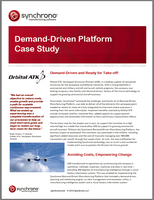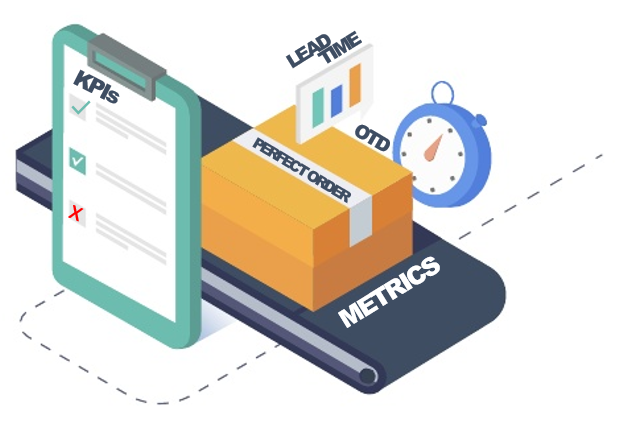Blog
-

Case Study: Orbital ATK
Orbital ATK, Aerospace Structures Division (ASD), is a leading supplier of composite structures for the aerospace and defense industries. With a strong foothold in commercial and military aircraft and launch vehicle programs, the company was looking to equip a new facility with demand-driven, factory of the future technology to support its growing commercial aircraft business.…
-

Are Your Manufacturing Metrics Meaningless?
It seems not a week goes by when I don’t hear from someone in manufacturing: “You can’t manage what you can’t measure”. Of course, there is a lot of truth to that statement, but as someone who spends all day, every day, helping manufacturers gather real-time data for better operational performance, I believe the statement…
-

Synchrono® Helps Manufacturers Drive Continuous Improvements with eKanban Software
Synchrono® Helps Manufacturers Drive Continuous Improvements with eKanban Software The new paper, 4 Ways SyncKanban eKanban Software Supports Continuous Improvement, outlines how unique capabilities and system-generated data from SyncKanban software is being used on an ongoing basis to reduce system waste and promote the continuous improvement process. The 4 strategies outlined in the paper are…MORE
-

Synchrono® Presents Get Lean on Inventory at IndustryWeek Expo
Synchrono® Presents Get Lean on Inventory at IndustryWeek Expo Lean practitioners offer real-world examples of how modern eKanban technologies are addressing costly challenges – and waste – associated with inventory…MORE
-

Smart Capital Investing in a Recovering Economy
Earlier this year, the MAPI Foundation increased their projection for manufacturing sector growth for 2018 – 2021 from 1.5% to 2.8%. We haven’t seen overall growth like that in a long time, and it should spell a welcome relief for many manufacturers. Capital Spending: A Leading or Lagging Indicator of Profitability? One of the metrics…
-

Synchrono® Sponsors Manufacturing Technology Strategies Track at IndustryWeek
Synchrono® Sponsors Manufacturing Technology Strategies Track at IndustryWeek Demand-driven manufacturing software leader supports sessions highlighting the latest technology tools and strategies…MORE
